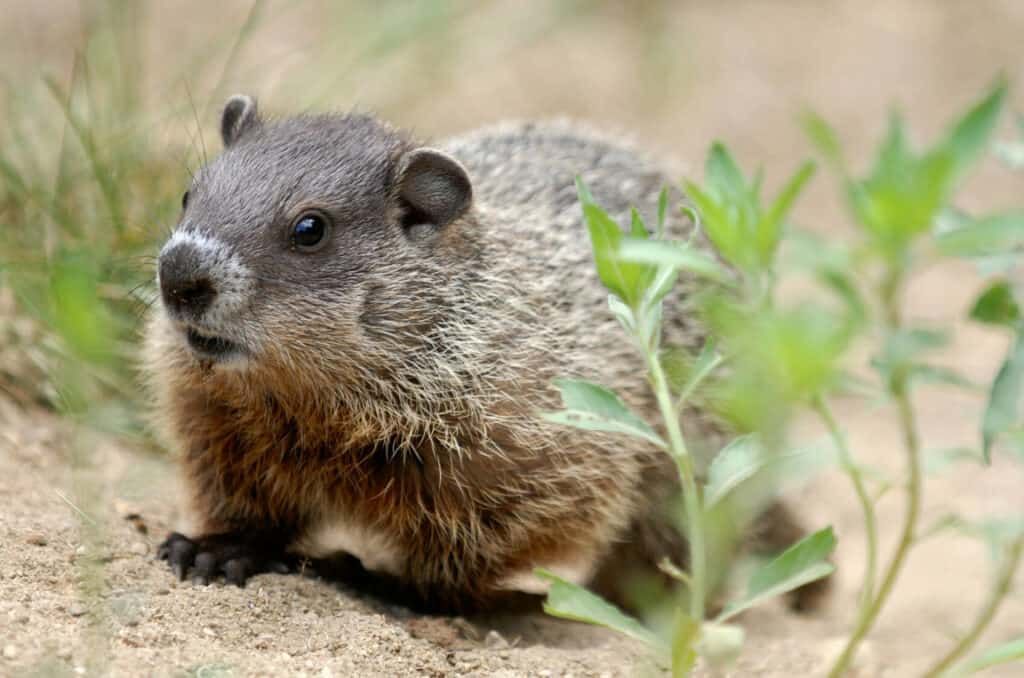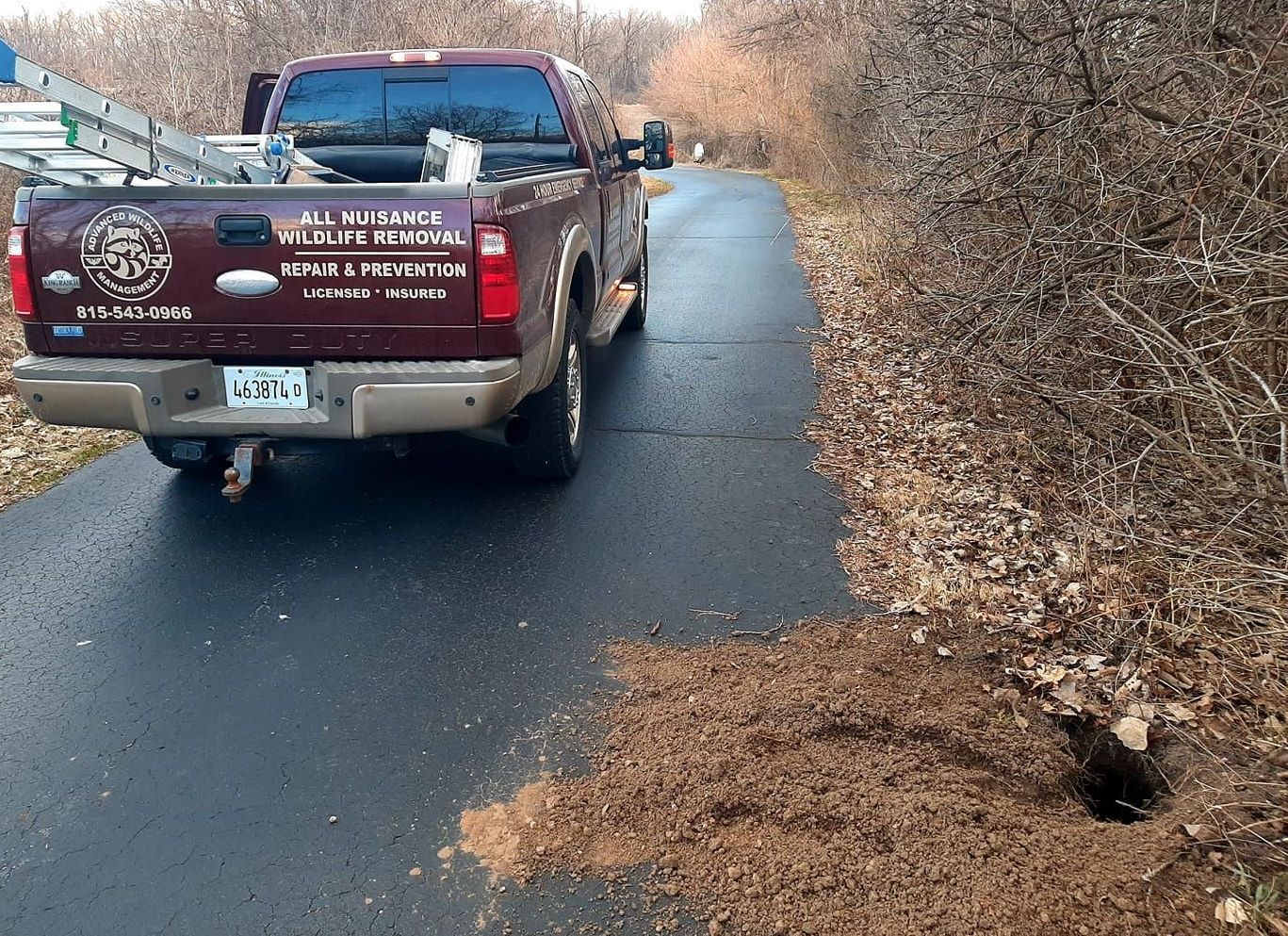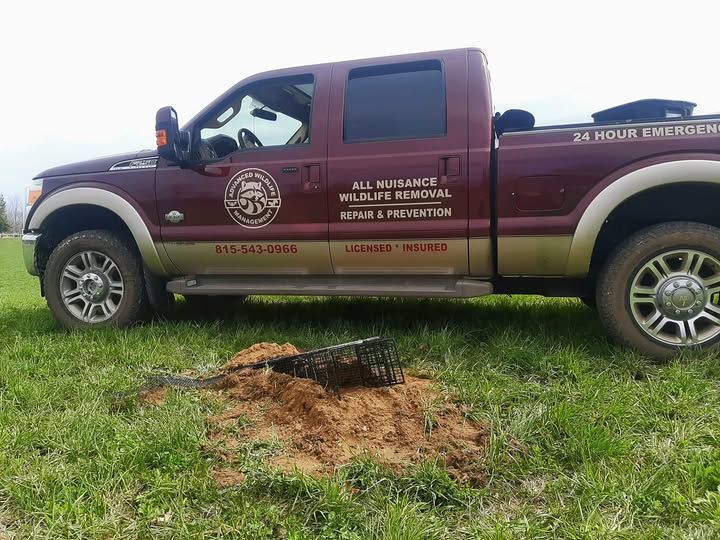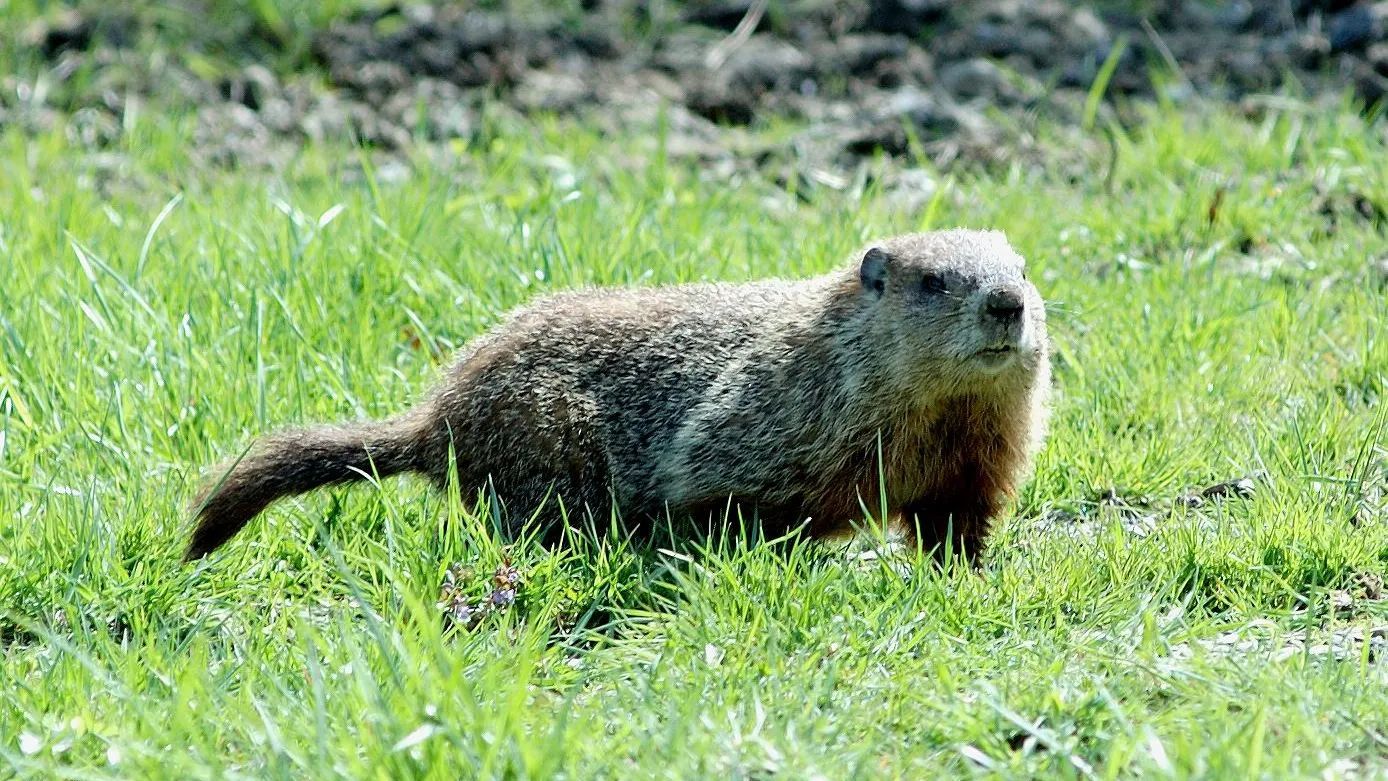Groundhogs and Woodchucks in Wisconsin and Northern Illinois
Understanding Risks, Signs, and Safe Removal
Our Ethical Approach to Wildlife
Respectful solutions for subterranean neighbors
At Advanced Wildlife Management, we understand that groundhogs play a role in the environment. That’s why we use humane, live-capture methods and ethical deterrence strategies to remove them safely. We take care to avoid harm to the animal while ensuring your home and property are properly protected from future invasions.
Understanding Groundhogs in Our Region
Burrowing wildlife that can undermine your foundation
Groundhogs—also known as woodchucks—are common across Wisconsin and Northern Illinois. These burrowing mammals are most active in warmer months and are often found near decks, sheds, patios, and garages. While they may seem harmless, their tunneling behavior can cause serious structural issues over time.

Common Species in the Area
What’s digging under your deck or garden?
Eastern Woodchuck (Marmota monax)
Lanscape designer
These animals dig complex burrow systems and are particularly active from early spring through fall.
Warning Signs of Groundhogs
How to tell if a groundhog is your uninvited guest
- Large mounds of soil near decks or buildings
- Holes 8–12 inches in diameter at ground level
- Chewed garden plants or missing vegetables
- Sightings of a large rodent near daylight hours
- Cracking or shifting in nearby patios or walkways
Habitats and
Entry Points
Where groundhogs dig and how they impact
your property
- Under decks, sheds, porches, or garages
- Along concrete patios or retaining walls
- Near foundations or exposed crawlspaces
- Garden beds or loose soil near buildings
Their burrows can span 20+ feet and weaken the soil supporting important structures.
The Dangers of Groundhog Infestations
Unseen but serious structural and safety risks
Foundation Damage: Tunnels may cause erosion or instability under slabs
Tripping Hazards: Burrow entrances can collapse or trap pets
Landscape Destruction: Extensive digging and plant consumption
Secondary Pests: Vacated burrows may attract skunks, snakes, or other pests
Safe and Humane Groundhog Removal
Removing the problem without harming the animal
Our team uses effective and humane removal methods such as:
- Inspection to locate all active burrow systems
- Live trapping and relocation following state guidelines
- Installation of exclusion barriers around vulnerable areas
- Recommendations for habitat modification to discourage return
Repairs After Removal
Securing and reinforcing vulnerable structures
- Filling and compacting burrows to prevent collapse
- Installing buried fencing to block future digging
- Repairing soil erosion or concrete displacement
- Restoring damaged landscaping or lawn areas



